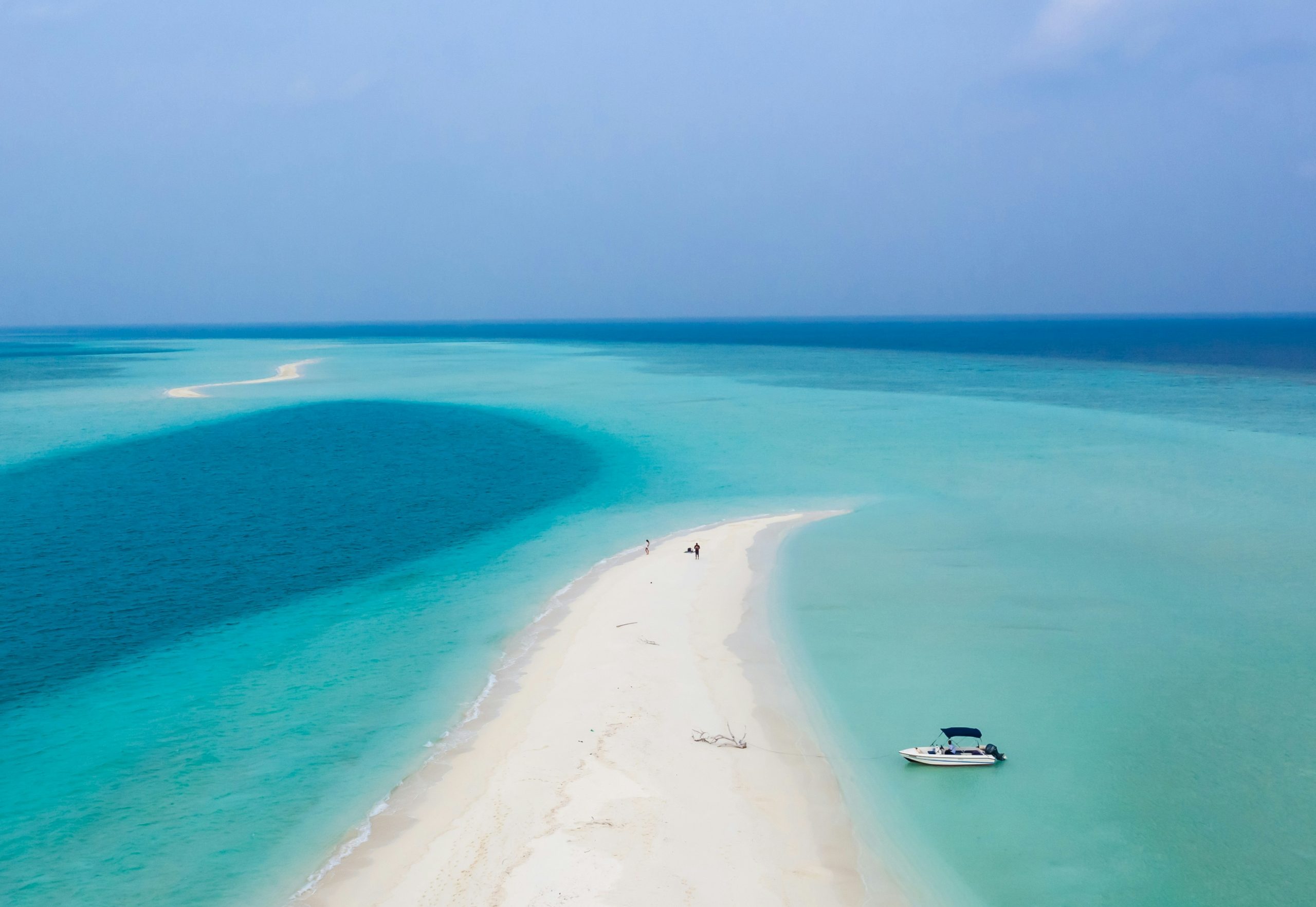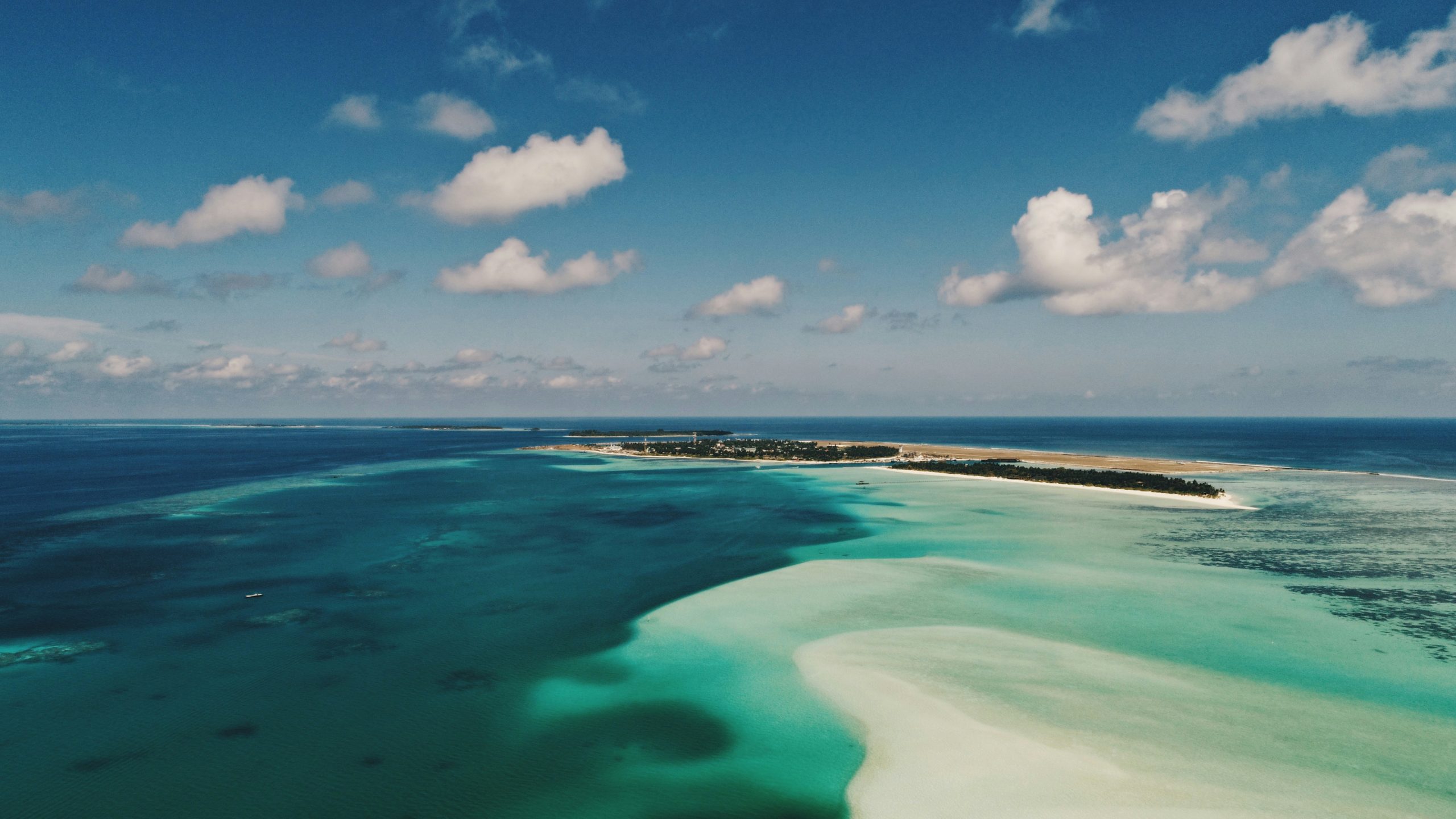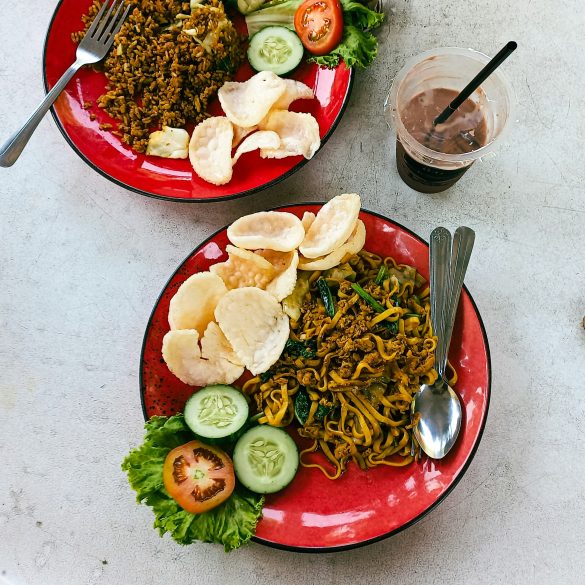The Ultimate Maldives Travel Guide: Your Gateway to Paradise
Having visited the Maldives three times over the past decade—trust me, once just isn’t enough—I can honestly say there’s nowhere quite like this scattered constellation of coral islands in the Indian Ocean. The first time I stepped off that seaplane and saw those impossibly turquoise waters stretching endlessly in every direction, I understood why people save for years just to experience this place.
But here’s what really strikes me about the Maldives: it’s not just about those Instagram-perfect overwater bungalows (though they’re absolutely stunning). What I’ve consistently found is that this destination offers something genuinely transformative—whether you’re celebrating a honeymoon, planning a family adventure, or simply seeking that reset we all desperately need sometimes.
Maldives Quick Facts
Official Name: Republic of Maldives
Total Islands: 1,192 coral islands grouped into 26 atolls
Inhabited Islands: Approximately 200
Resort Islands: 130+ luxury resorts
Highest Point: 2.4 meters above sea level
Best Months to Visit: November through April (dry season)
Currency: Maldivian Rufiyaa (MVR), though USD widely accepted
Now, I’ll be completely honest—planning a Maldives trip can feel overwhelming at first. With over 130 resort islands plus local inhabited islands to choose from, varying price points that range from “budget-friendly” to “sell-your-kidney expensive,” and seasonal weather patterns that significantly impact your experience, there’s loads to consider.
That’s exactly why I’m excited to share everything I’ve learned through my visits, extensive research, and conversations with local guides, resort managers, and fellow travelers. This isn’t just another generic destination guide—it’s the practical, honest advice I wish I’d had before my first trip.
What really gets me passionate about sharing this guide is how the Maldives has evolved. Beyond the luxury resort bubble—which, don’t get me wrong, can be absolutely magical—there’s now a growing opportunity to experience authentic Maldivian culture through guesthouse stays on local islands. Plus, there’s an increasing focus on marine conservation and sustainable tourism that honestly makes me hopeful about the future of this incredible destination.
Whether you’re dreaming of that once-in-a-lifetime splurge or looking for creative ways to experience paradise on a more realistic budget, I’ve got you covered. Let’s dive into everything you need to know to make your Maldives adventure absolutely unforgettable.
Perfect Timing and Getting There: Your Journey Begins
Here’s something I learned the hard way during my second visit—timing really, truly matters in the Maldives. I made the mistake of booking during shoulder season to save money, and while the experience was still incredible, those daily afternoon thunderstorms definitely changed the vibe of our beach days.
When to Visit: Seasonal Insider Knowledge
The dry season from November through April is genuinely the sweet spot1. During these months, you’re looking at consistent sunshine, minimal rainfall, and those picture-perfect blue skies that make every photo look professionally shot. I’ve visited in both February and March, and honestly? The weather was absolutely divine.
My Personal Weather Experience
February 2023 visit: 7 days of pure sunshine, average temperature 84°F, zero rain
May 2022 visit: Daily afternoon showers, humid conditions, but 40% cheaper accommodation
December 2021 visit: Perfect weather, peak season crowds, higher prices but worth every penny
But let me share a different perspective here—the wet season (May through October) isn’t necessarily a deal-breaker. If you’re flexible and don’t mind the occasional downpour, you can save heaps of money. Plus, the rain usually comes in dramatic bursts that can actually be quite spectacular to watch from your villa.
| Season | Weather | Pros | Cons |
|---|---|---|---|
| Dry Season (Nov-Apr) | Sunny, low humidity, minimal rain | Perfect weather, calm seas, ideal for water sports | Peak pricing, crowded resorts |
| Wet Season (May-Oct) | Higher humidity, afternoon showers | Lower prices, fewer crowds, dramatic skies | Unpredictable weather, rougher seas |
Getting There: Navigation and Transportation
Right, so here’s where things get interesting. Nearly everyone flies into Velana International Airport (MLE) in Male—there’s really no getting around this2. From there, your journey depends entirely on where you’re staying, and this is where the costs can really add up if you’re not prepared.
For resort transfers, you’ve basically got three options, and I’ve experienced all of them:
- Speedboat transfers: Quick and efficient for nearby resorts (usually 15-45 minutes). Cost ranges from $50-200 per person each way.
- Seaplane transfers: Absolutely magical experience with incredible aerial views. Typically 20-45 minutes flying time, but expect $300-600 per person each way.
- Domestic flights plus speedboat: For distant atolls, combines internal flight with boat transfer. Usually the most time-consuming but sometimes more economical.
Accommodation Choices: More Options Than You’d Think
This is where my thinking has really evolved over the years. Initially, I thought the Maldives was purely a luxury resort destination—and while those resorts are absolutely spectacular, there are increasingly more options for different budgets and travel styles.
Luxury resorts remain the classic choice, obviously. These private island paradises offer that complete escape experience with overwater villas, world-class spas, and multiple dining options. But here’s what I’ve discovered: guesthouse stays on local islands provide an entirely different but equally rewarding experience3.
During my most recent trip, I actually split my time between a luxury resort and a local island guesthouse. The contrast was fascinating—from champagne breakfasts over crystal-clear lagoons to sharing traditional Maldivian curry with a local family. Both experiences offered something unique and memorable.

Unforgettable Experiences: Beyond the Beach
Okay, let’s talk about what actually makes the Maldives special beyond those postcard-perfect photos. Sure, you could spend entire days lounging on pristine beaches—and believe me, I’ve done exactly that—but there’s so much more happening beneath the surface, literally and figuratively.
Underwater Paradise: Diving and Snorkeling
The first time I slipped into Maldivian waters with my snorkel gear, I honestly wasn’t prepared for what I’d see. Within minutes, I was swimming alongside reef sharks, massive manta rays, and schools of tropical fish so vibrant they looked almost artificial4.
What really strikes me about diving here is the accessibility. You don’t need to be an advanced diver to see incredible marine life—some of the best coral reefs are literally steps from resort beaches. That said, if you’re serious about diving, the Maldives offers some of the world’s most spectacular sites.
Must-Experience Dive Sites
- Manta Point (Baa Atoll): UNESCO Biosphere Reserve with guaranteed manta ray encounters during the right season
- Shark Point (Various locations): Reef shark encounters that are thrilling but completely safe
- Banana Reef (North Male Atoll): Perfect for beginners with incredible coral formations
Here’s something most guides won’t tell you—the house reefs at many resorts offer snorkeling that’s just as spectacular as expensive excursions. I’ve spent hours exploring these underwater gardens right from my villa’s deck, and it never gets old.
Cultural Immersion: Discovering Real Maldivian Life
This is where my perspective on the Maldives really shifted. For years, I thought of it purely as a beach destination, but spending time on local islands opened my eyes to a rich culture that goes way beyond tourism.
Maldivian culture is beautifully unique—a blend of South Asian, Arab, and African influences shaped by centuries of maritime trade5. The traditional music, with its distinctive drumming called “bodu beru,” literally gave me goosebumps when I first heard it performed by local musicians.
If you’re planning to visit local islands—which I highly recommend—there are a few cultural considerations to keep in mind. The Maldives is a Muslim country, so modest dress is appreciated outside of resort areas. But honestly, locals are incredibly welcoming and understanding of cultural differences.
Adventure Activities: More Than Just Water Sports
While water activities dominate (understandably), there’s actually quite a variety of experiences available. Sunset fishing trips have become one of my absolute favorite activities—there’s something magical about casting a line while watching the sun melt into the horizon.
| Activity | Best For | Typical Cost | Duration |
|---|---|---|---|
| Dolphin Watching | Families, nature lovers | $45-80 per person | 2-3 hours |
| Night Fishing | Cultural experience seekers | $35-60 per person | 3-4 hours |
| Island Hopping | Adventurous travelers | $85-150 per person | Full day |
| Spa Treatments | Relaxation focused | $120-400+ per session | 1-3 hours |
One experience that completely surprised me was sandbank picnics. Your resort or guesthouse arranges a boat trip to a completely uninhabited sandbank—literally just a tiny patch of white sand in the middle of the ocean. You’re dropped off with a picnic lunch and snorkeling gear, and for a few hours, you have your own private island. It sounds almost too good to be true, but it’s absolutely real.
Photography and Instagram Moments
Let’s be honest—we all want those stunning Maldives photos. The good news is that literally everywhere you look offers picture-perfect opportunities. Those classic overwater villa shots? They’re genuinely as beautiful as they appear online.
But here’s a tip from someone who’s taken way too many Maldives photos: the best shots often happen during golden hour and blue hour. That soft, warm light about an hour before and after sunset creates absolutely magical conditions. I’ve found that early morning photography often produces the most stunning results, when the water is perfectly still and reflects the sky like a mirror.
Budget Planning: Making Paradise Affordable
Right, let’s talk money—because this is probably the biggest concern for most people considering a Maldives trip. I won’t sugarcoat it: the Maldives can be expensive. But over the years, I’ve learned there are definitely ways to experience this paradise without completely emptying your savings account.
My approach has evolved from “save up for years for one luxury trip” to “find creative ways to visit more frequently.” Both strategies work, but the latter has allowed me to explore different aspects of the destination more thoroughly.
Budget Breakdown: Real Numbers from My Trips
- Luxury Resort (7 nights): $4,500-8,000+ per person including flights and transfers
- Mid-range Resort (7 nights): $2,500-4,000 per person including flights and transfers
- Local Island Guesthouse (7 nights): $800-1,500 per person including flights and local transport
The guesthouse option has genuinely transformed how I think about Maldives travel6. You’re still experiencing those incredible turquoise waters and white sand beaches, but at a fraction of the resort cost. The trade-off? You’ll need to organize your own activities and dining, but that often leads to more authentic experiences anyway.
Money-Saving Strategies That Actually Work
- Travel during shoulder season: May and October can offer 30-50% savings on accommodation while still providing decent weather.
- Book package deals: Many resorts offer better value when flights, accommodation, and transfers are bundled together.
- Consider all-inclusive options: For resort stays, all-inclusive can actually save money when you factor in the high cost of individual meals and drinks.
- Mix accommodation types: Split your trip between a luxury resort and local island to balance indulgence with budget consciousness.
Responsible Tourism: Protecting Paradise
This is something I’m increasingly passionate about. The Maldives faces genuine environmental challenges—rising sea levels, coral bleaching, and tourism pressure7. As visitors, we have a responsibility to travel in ways that help preserve this incredible destination for future generations.
What really impressed me during my recent visits is how seriously many resorts and local communities take sustainability. Solar power, water desalination, coral restoration projects—there’s genuine innovation happening here.
How to Travel Responsibly
Choose eco-certified accommodations when possible. Many resorts now have serious environmental programs—coral restoration, renewable energy, waste reduction. These aren’t just marketing gimmicks; I’ve participated in coral planting activities that are making real differences.
Respect marine life during water activities. This means reef-safe sunscreen, no touching coral or marine animals, and following guidelines during diving and snorkeling. The underwater world here is incredibly fragile, and our actions really do matter.
Final Thoughts: Your Maldives Adventure Awaits
After multiple visits and countless conversations with fellow travelers, resort staff, and local residents, I can say with complete certainty that the Maldives offers something truly special. Yes, it’s expensive. Yes, it requires planning. But the memories you’ll create and the natural beauty you’ll witness make every bit of effort worthwhile.
Whether you choose luxury resort indulgence, authentic local island experiences, or a combination of both, you’re in for something extraordinary. Those impossibly blue waters, the gentle lapping of waves against your villa, the spectacular sunsets that seem almost too perfect to be real—this is a destination that delivers on its promises.
My final piece of advice? Don’t wait for the “perfect” moment or budget. The Maldives has options for different travel styles and budgets, and the experience will be incredible regardless of how you choose to explore this paradise. Sometimes the best adventures happen when we stop planning and start experiencing.
References and Sources



